space, astronomy 🪐
1/24
Earn XP
Description and Tags
🍂🌻
Name | Mastery | Learn | Test | Matching | Spaced |
|---|
No study sessions yet.
25 Terms
photosphere
LAYERS OF THE SUN:
this is what we see
core
LAYERS OF THE SUN:
this is the site of nuclear fusion
ACTIVITIES ON THE SUN:
stream of high-energy particles sent into space; causes the light displays aurora borealis (Northern lights) and aurora australis (Southern lights)
ACTIVITIES ON THE SUN:
storms that look like huge arches; may last several days
ACTIVITIES ON THE SUN:
more intense than prominences; lasts only about 15 minutes
ACTIVITIES ON THE SUN:
cool black storm areas
comets
CELESTIAL OBJECTS:
"dirty snowballs";
heads of ice and rock, tails of dust and gases forced from the head by solar radiation;
tail always points away from the Sun
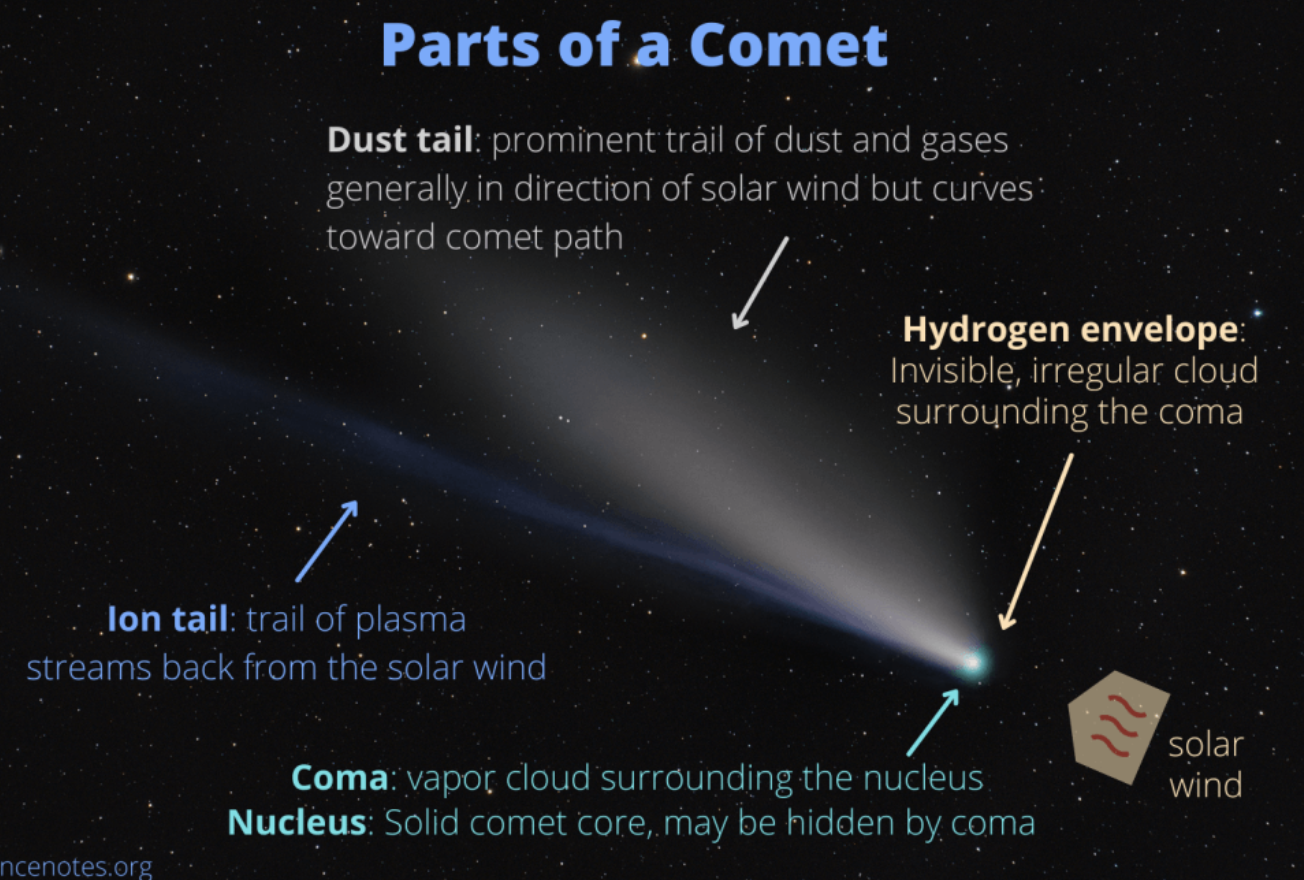
meteoroid
CELESTIAL OBJECTS:
chunk of rock or metal smaller than an asteroid
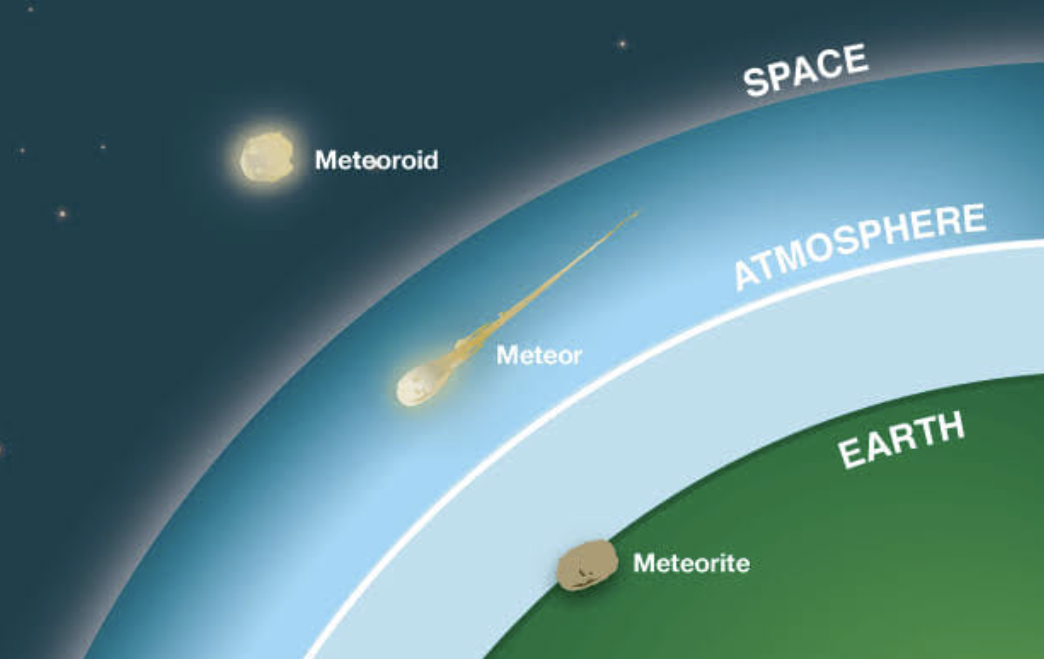
meteor
CELESTIAL OBJECTS:
a meteroid as it burns up in the atmosphere;
“shooting star”
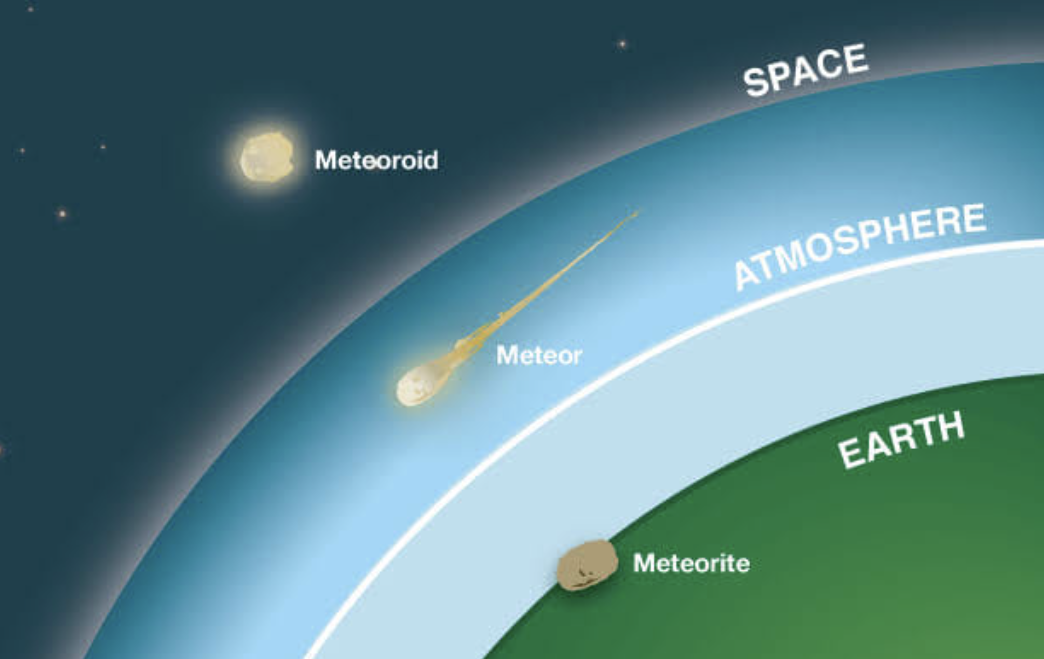
meteorite
CELESTIAL OBJECTS:
a meteoroid that does NOT completely burn up
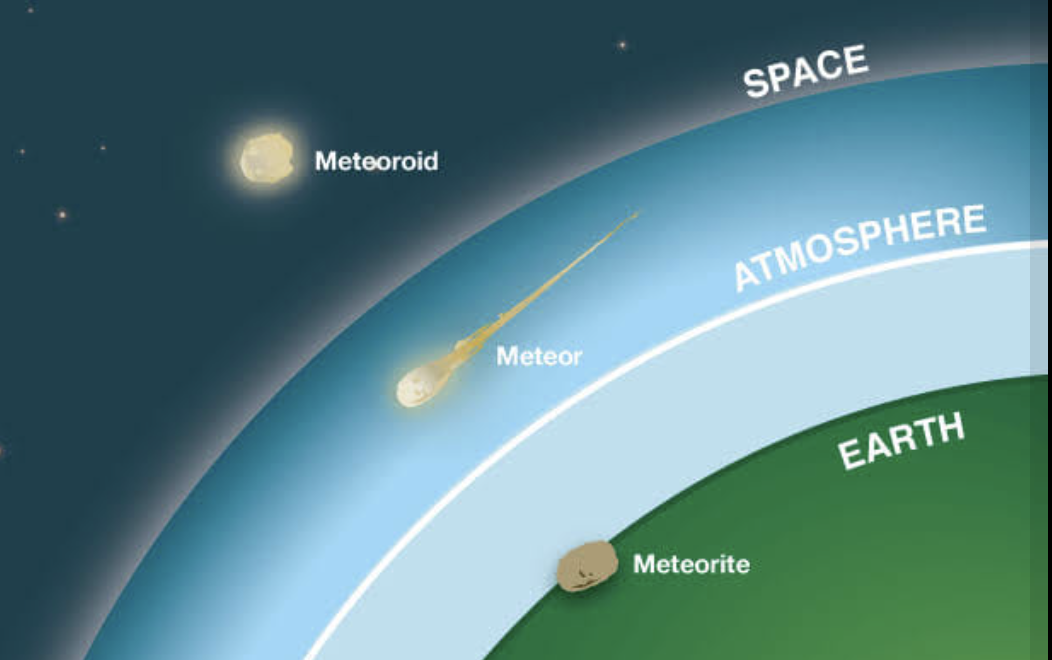
COMMON STARS & CONSTELLATIONS:
North Star & tip of Little Dipper's "handle";
can be used for navigation

COMMON STARS & CONSTELLATIONS:
brightest star in the night sky & "Dog Star"
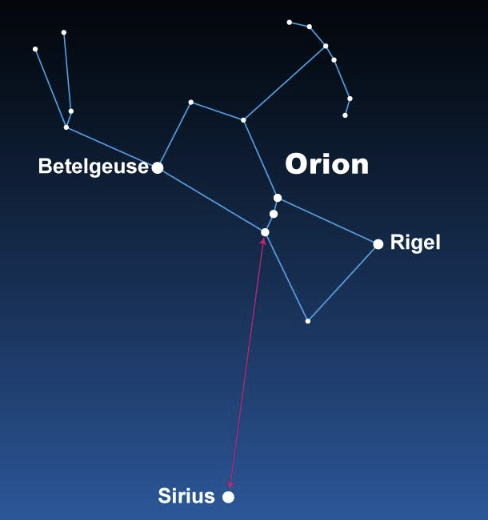
COMMON STARS & CONSTELLATIONS:
Big Bear; contains the Big Dipper;
circumpolar constellation in the Northern Hemisphere (never set below the horizon & can be seen in the night sky all throughout the year)
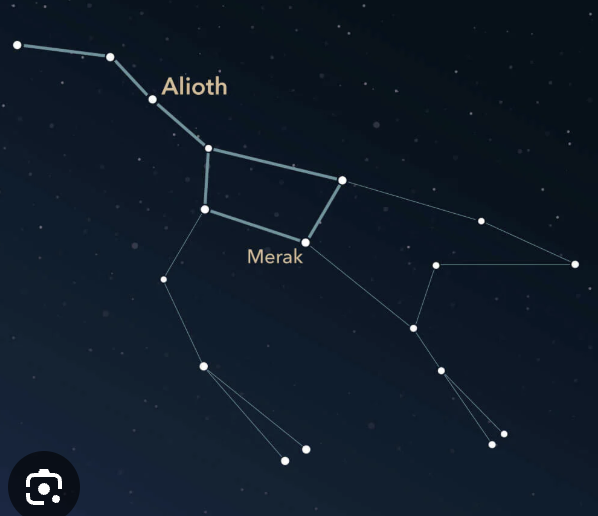
COMMON STARS & CONSTELLATIONS:
Little Bear & contains the Little Dipper;
has Polaris;
in the Northern hemisphere
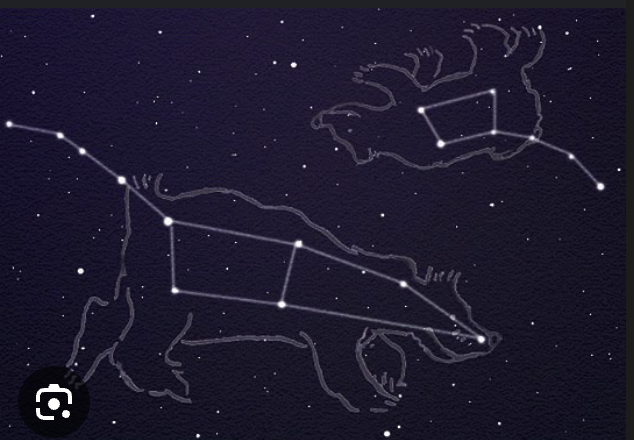
COMMON STARS & CONSTELLATIONS:
Big Dog; contains Sirius

Canis Minor
COMMON STARS & CONSTELLATIONS:
Little dog (one of Orion’s hunting dogs);
known for its two brightest stars, Procyon and Gomeisa
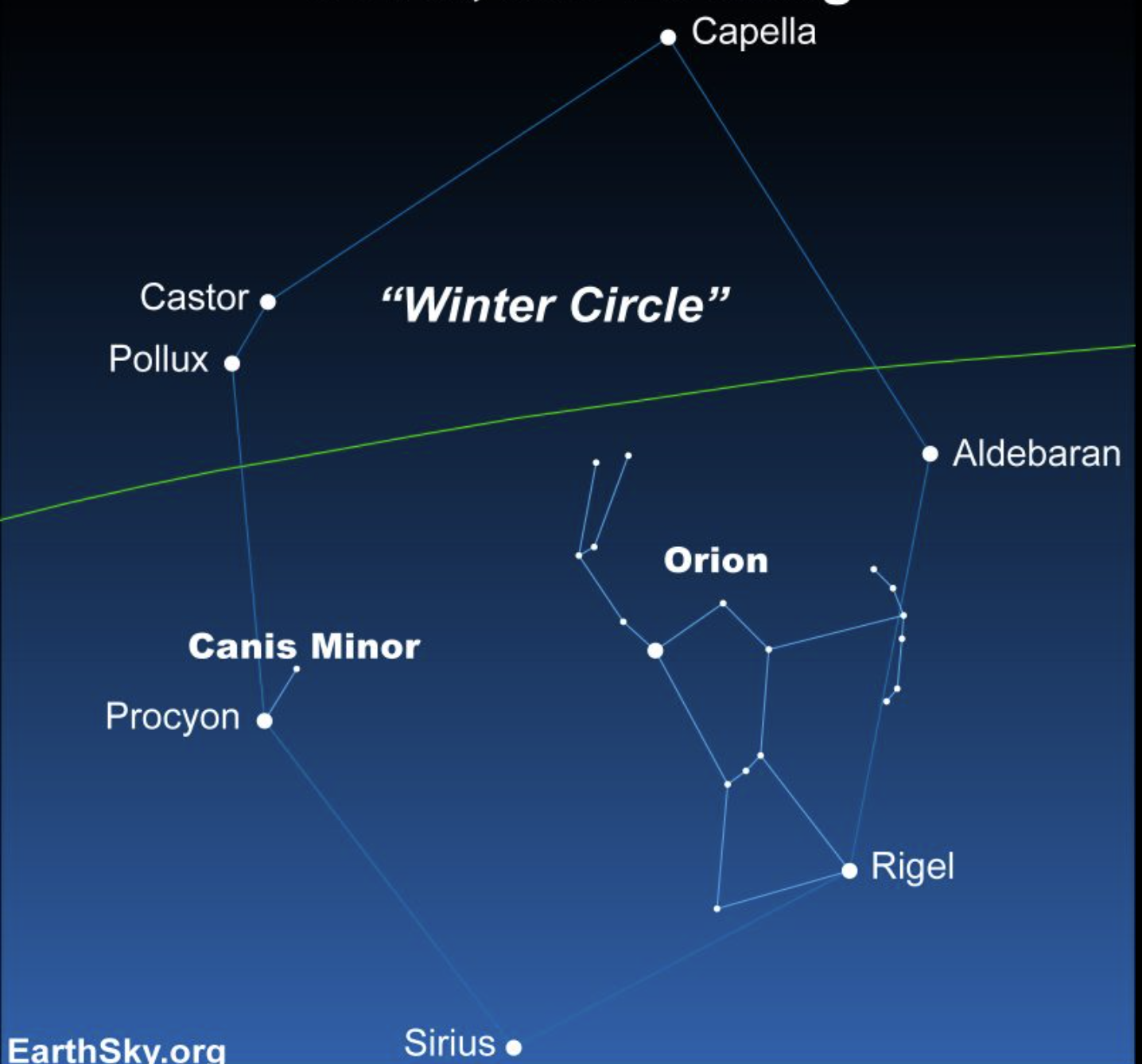
COMMON STARS & CONSTELLATIONS:
The Hunter;
visible during winter in the northern hemisphere;
contains Betelgeuse & Rigel

COMMON STARS & CONSTELLATIONS:
closest star to Earth that is visible in the night sky
Proxima Centauri
COMMON STARS & CONSTELLATIONS:
closest star to Earth but is too small to be visible in the night sky;
red dwarf star (most common)
COMMON STARS & CONSTELLATIONS:
The Winged Horse
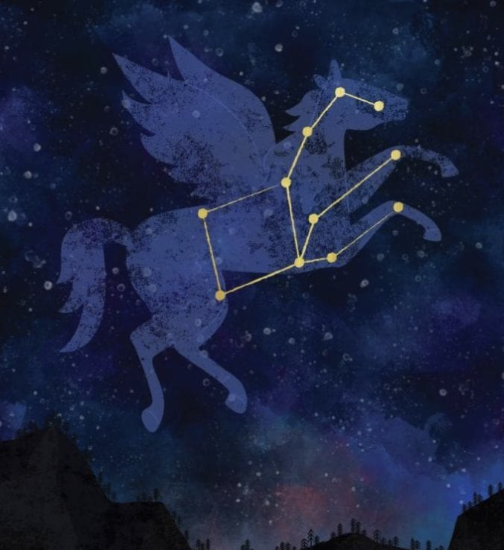
OTHER TERMS:
the distance that light travels in one year;
light travels through space at 300 000 km/s & 9.46 trillion kms per year
OTHER TERMS:
a large barred spiral galaxy;
where the solar system is located
OTHER TERMS:
the explosion of a big star
OTHER TERMS:
remains of a supernova explosion with very strong gravity from which nothing can escape
Andromeda
OTHER TERMS:
a barred spiral galaxy & is the nearest major galaxy to the Milky Way